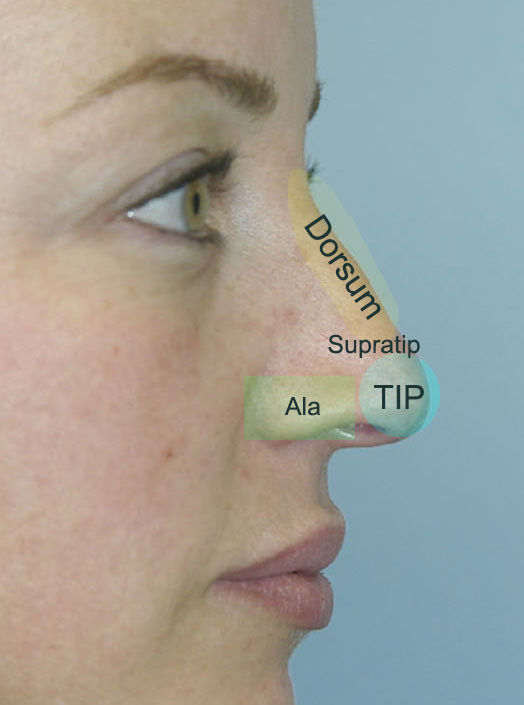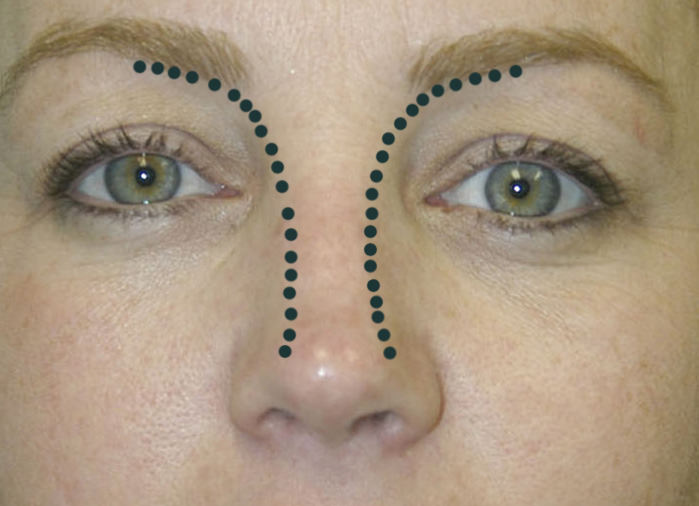| ProceduresThe Aging FaceSkin CareRhinoplastyChin AugmentationBreast ShapingBody ContouringPlastic Surgery for MenRecontructive Plastic Surgery |
RhinoplastyRhinoplasty I eagerly watched my first rhinoplasty in 1994, to be frank I didn’t see much of the technical aspects of the procedure, I just appreciated the change in the external appearance of the nose and its impact on the face. It wasn’t until 1997 that I assisted in my first rhinoplasty. I watched carefully as the attending surgeon made deliberate masterful modifications to what seemed like small pieces of cartilage and bone with consequential impact on the appearance of the nose. Rhinoplasty has grown to become one of my favorite procedures. There are many dimensions to a rhinoplasty. The shape of the nose and how it fit’s the patient’s face and personality. Nasal function and its stability. The changes of the nose with time and aging. Each of these issues requires direct and undivided attention. Nasal Projection : How far the tip projects (protrudes) from the facial plane Tip rotation : What angle does the tip form with the face, rotation is counter-clockwise turning of the tip (upturned tip) while de-rotation is clockwise turning of the tip (down-turned). Nasolabial Angle : The angle formed between your nose and upper lip. It is often consistent with rotation. Deviated septum : a septum that is not midline. The septum may be shifted to one side or it may have a curve or fracture within it. A deviated septum can be repaired during a rhinoplasty. Dorsal hump : a convexity (bump) on the bridge (or dorsum) of the nose, often composed of cartilage and bone The Surgery A good way to look at the nose is to think of it as a tent, a framework, made of cartilage and bone, covered by cloth, made of skin and suncutaneous tissue. The more solid the framework, the more stable and longlasting the results. The thicker the cloth, the less definition one sees. The thinner the cloth, the more definition is visible. Rhinopasty involves forming a stable framework that will show appropriately through the overlying skin and soft tissue. The Ideal Nose In most cases, one of the main goals of rhinoplasty is to shape the nose in a way that it is harmonious with the rest of the face . This is often achieved by forming smooth facial curve-lines that do not have noticeable irregularities. A line drawn from the brow through the dorsum and mid-nose to the nasal tip that is smooth throughout. This will serve to form a very natural and proportionate result.
Request a Consultation/Contact Us | 925.380.6655 |






